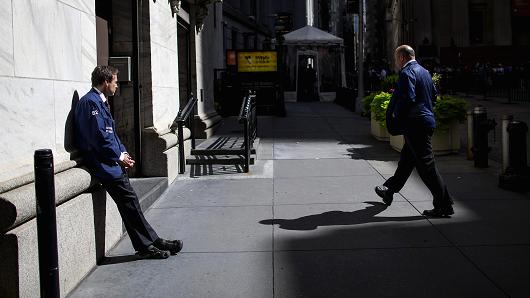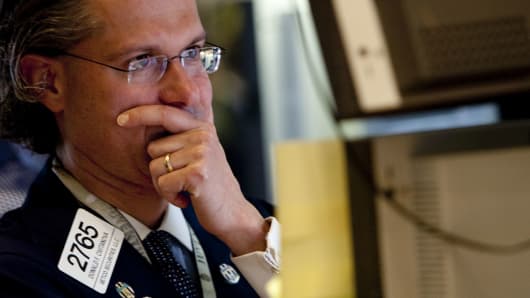Three years ago Monday, Nasdaq-listed securities fell offline for three hours and 11 minutes when the SIP (security information processor) failed just after noon. The SIP, which carries quotes and trades for the exchange, was overwhelmed by a sudden burst of largely stale quotes.
After much finger-pointing, Nasdaq accepted some responsibility for what happened, saying, "A number of these issues were clearly within the control of Nasdaq OMX." But it maintained that a "latent flaw" in the software snowballed when Arca, NYSE's electronic trading platform, trying to connect.
While the Nasdaq was down, no Nasdaq-listed stocks could be traded. Shares not listed on Nasdaq continued, but not on the Nasdaq platform.
"The fact we didn't see a larger dip on today's mess shows most investors are, for better or worse, becoming more comfortable with these mistakes," Ryan Derrick, senior technical analyst at Schaeffer's Investment Research told Reuters.






